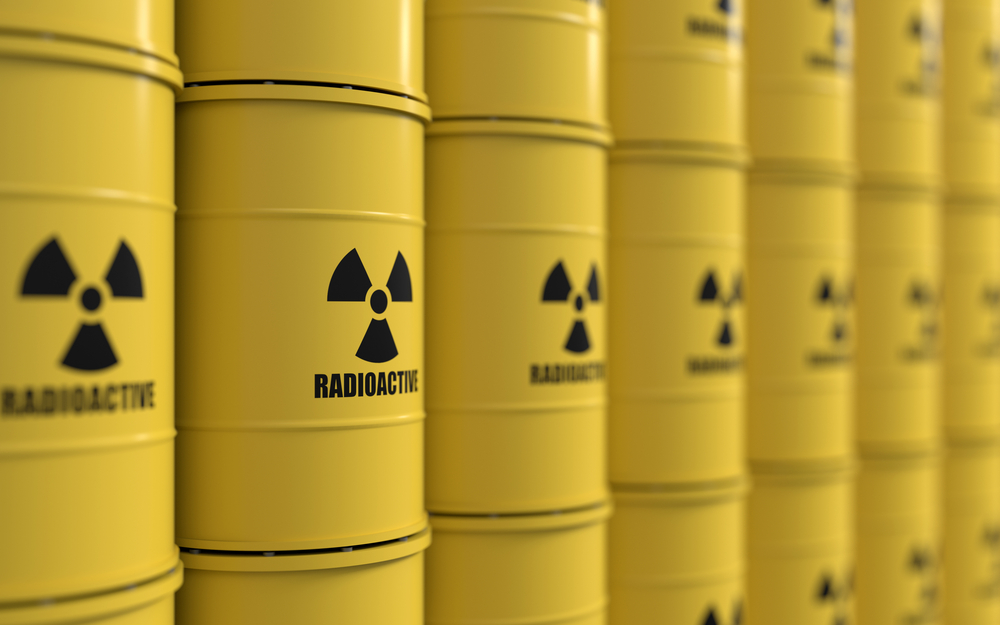
An updated database released this week has identified more than 170 incidents of nuclear and radioactive material trafficking across 14 countries in 2017.
Nuclear Threat Initiative (NTI) officials said the Global Incidents and Trafficking Database, produced for NTI by the Center for Nonproliferation Studies, includes several interactives illustrating where the incidents took place while noting their severity.
The report offers detailed recommendations to improve physical security measures, international transparency, and reporting standards, NTI officials said. The two most serious cases referenced in 2017 involved 1.4 grams of highly enriched uranium that went missing in the United States and the theft and attempted illicit sale of plutonium-239 and plutonium-241 in Kazakhstan.
The report’s summary notes the threat of nuclear or other radioactive materials falling into the wrong hands remains significant, detailing as an example in the United States the FBI discovered a neo-Nazi cell in possession of radioactive americium and thorium, as well as homemade explosives.
While it is unclear whether the cell wanted to attempt an act of radiological terrorism, the materials it possessed were likely unsuitable in quantity and isotopic composition. Officials said, however, the fact that actors can and do acquire controlled radioactive materials is troubling.
The analysis maintains greater reporting transparency would enable a wider pool of analysts to work on identifying areas of concern and developing policies to improve security.




